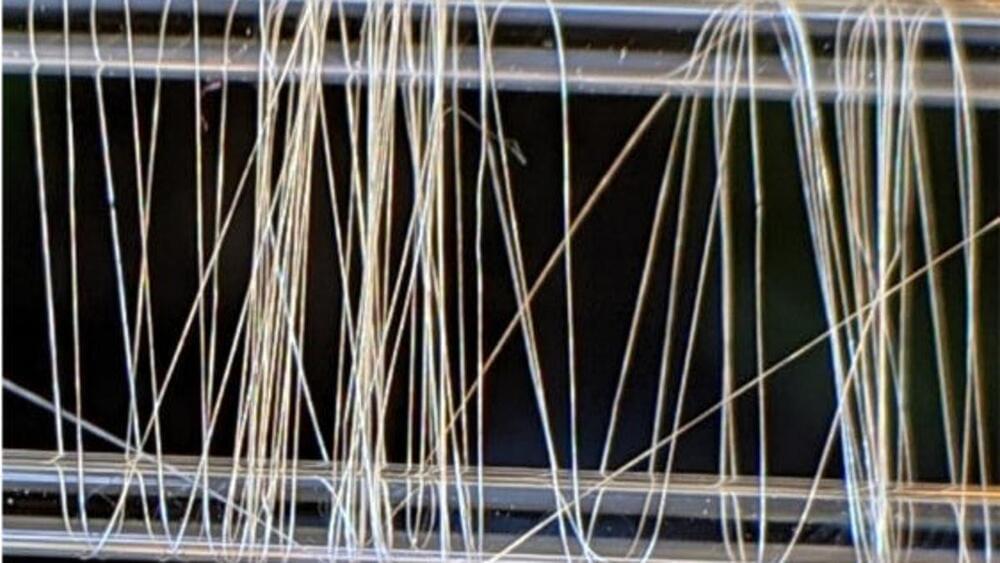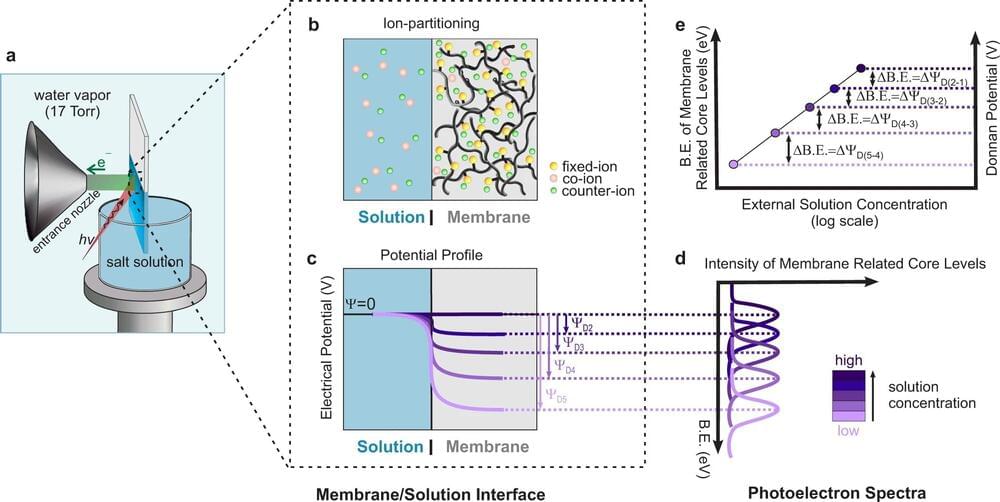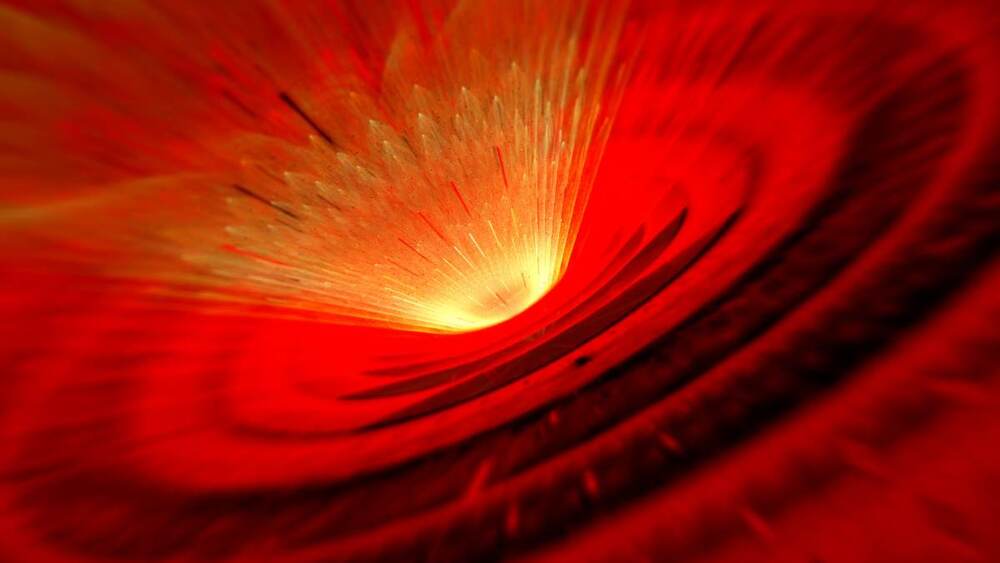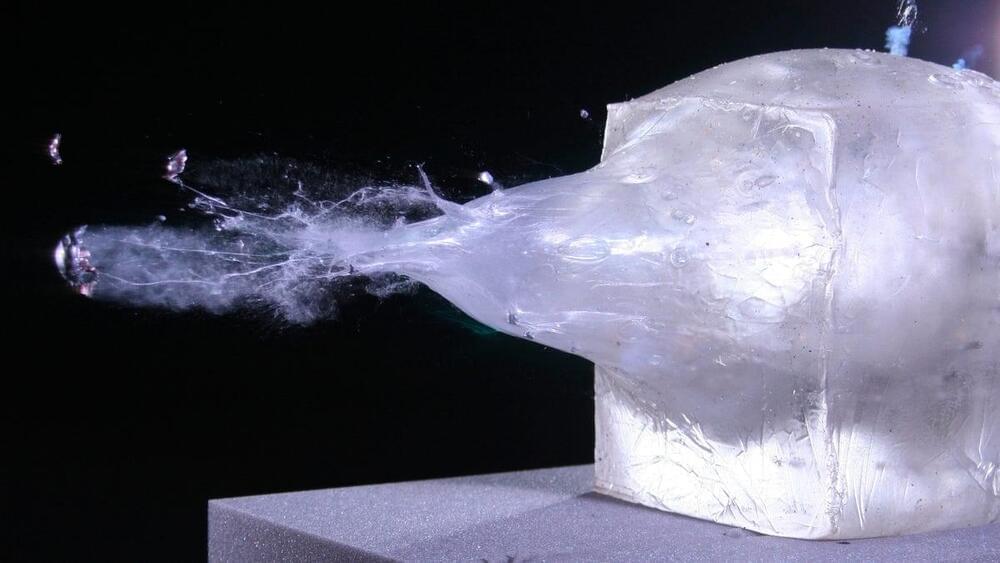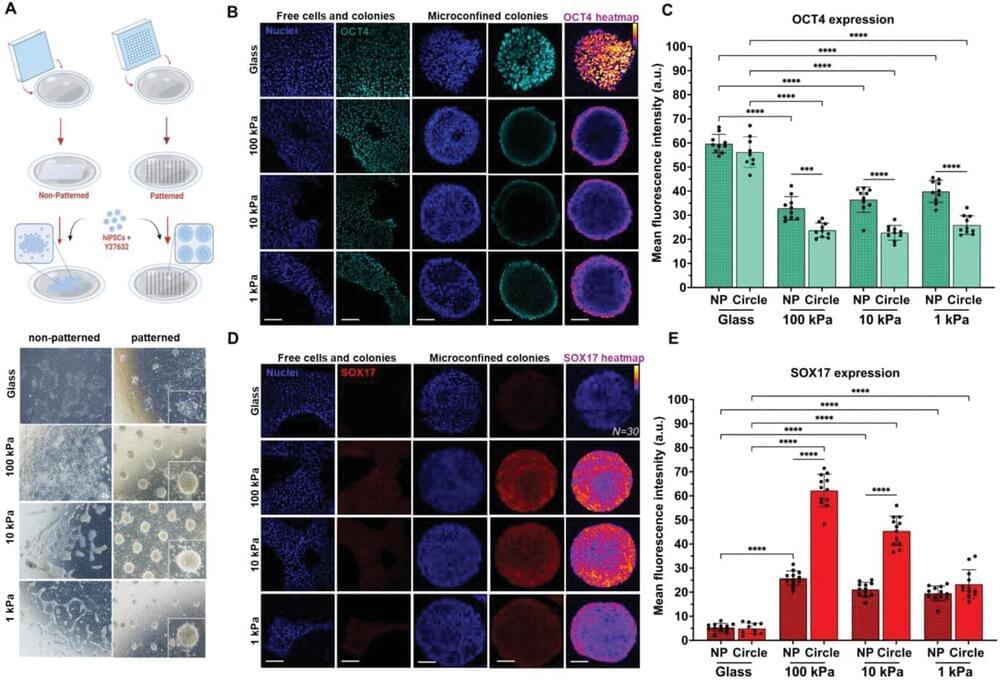Year 2021 face_with_colon_three
Spider silk is one of nature’s most impressive materials, exhibiting impressive strength and toughness. Now, researchers at Washington University in St. Louis claim to have created an artificial version that can outperform some natural spider silks.
This isn’t the first rodeo for this research team – back in 2018 they developed a synthetic spider silk that was about on par with the real thing, in terms of tensile strength, extensibility and toughness. To do so, they spliced silk-producing genes into bacteria, and tweaked them so that proteins in the silk would fuse together to make a stronger, tougher material.
For the new study, the team built on this prior work to not just match natural spider silk but to surpass it. The key component is beta-nanocrystals, which boost the material’s strength but are hard to reproduce synthetically.
